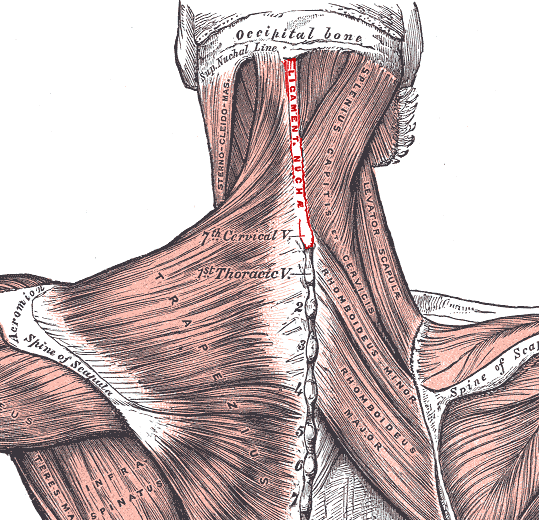How to increase muscle flexibility: Introduction to Nutritional Biochemistry, Part 4

In the first three articles in this series we looked at fat loss, muscle gain, and hydration. Here, we turn our attention to the science behind muscle flexibility.
tl;dr
The two key techniques to dramatically reduce the time it takes to increase muscle flexibility are Proprioceptive Neuromuscular Facilitation (PNF) and Reciprocal Inhibition (RI). PNF involves contracting muscles without moving them (isometric contraction) before slowly stretching them further, and RI involves contracting antagonistic muscle groups to take advantage of a neuromuscular relaxation hack.
Physical Therapist Michael Leslie, who works with members of the San Francisco Ballet, said:
“In my experience it can take weeks of static training to achieve the gains possible in one session of PNF”
In addition, proper hydration, electrolyte balance, warm-up, breathing, stress control, and massage are all components that help maximize the effect of stretching on overall flexibility.
Let’s dive into the details.